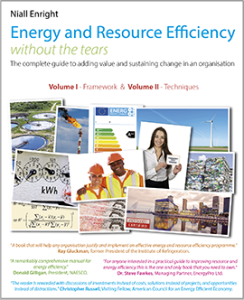Niall Enright’s contribution and achievements in energy efficiency have been recognised with his election as a Fellow of the Energy Institute and the award of Chartered Energy Manager status.
This is Niall’s reaction to the awards: “It is a real honour to receive this recognition from an organisation that is doing so much to promote the profession of energy management, and I want to thank the folks who supported my application. For my part, I hope that I can encourage others to participate in the work of the Institute and achieve the continuous professional development that is the key to success in this rapidly moving field. I know that some people may be put off by the idea of getting membership – with the need for sponsor recommendations and evidence of competency – but I would urge them to see these as opportunities. The real reward for me is not the letters after my name, but the ability to connect with fellow professionals worldwide and the reminder that investing time and money in my own development is valuable”.
Follow this link for more information about the Energy Institute.

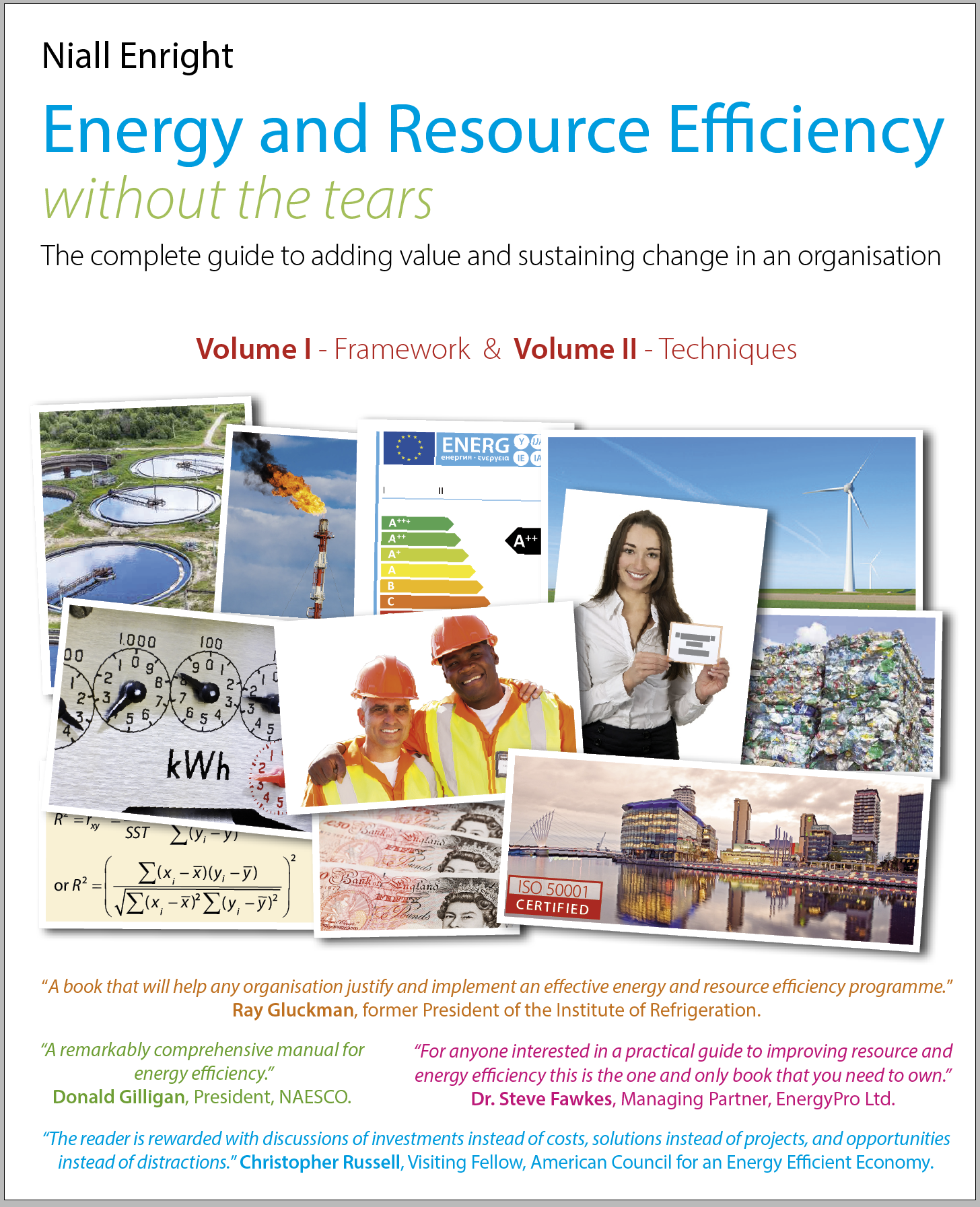

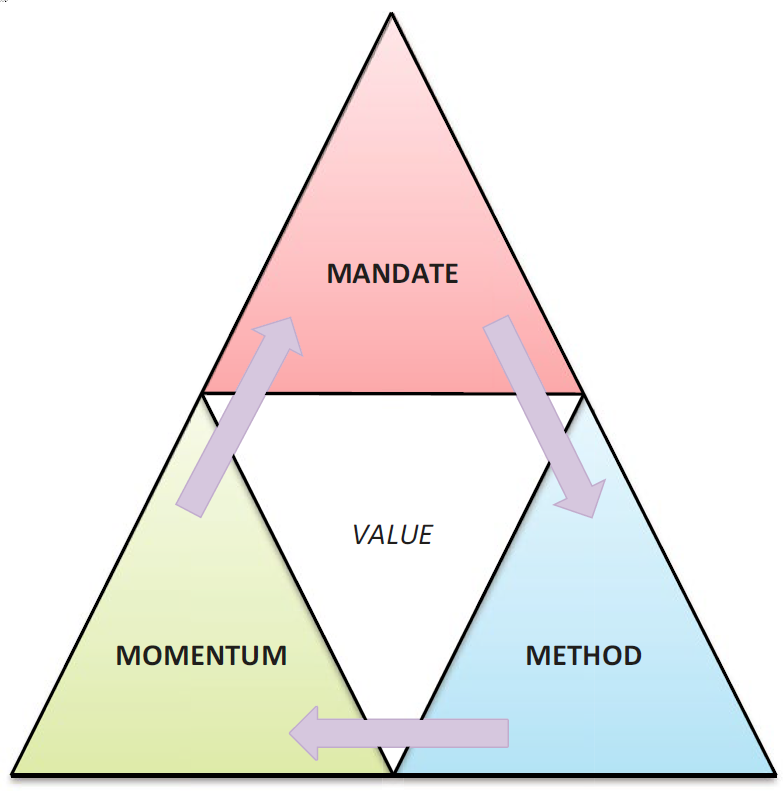


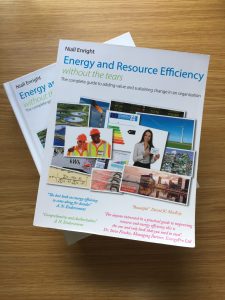
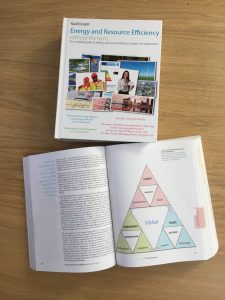
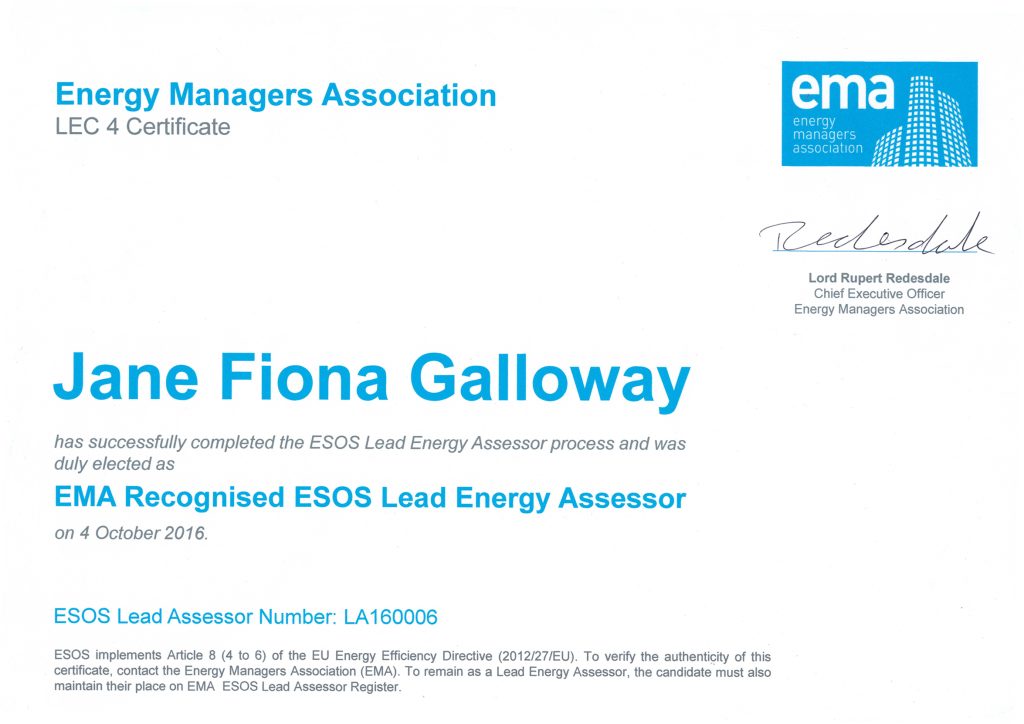
 SustainSuccess are delighted to announce the launch of the World Bank’s Energy Sector Management Assistance Programs’ MACCTool. Niall Enright was the lead developer of this innovative and powerful application to draw Marginal Abatement Cost Curves, a key tool for organisations and policy-makers seeking to understand potential paths to decarbonisation.
SustainSuccess are delighted to announce the launch of the World Bank’s Energy Sector Management Assistance Programs’ MACCTool. Niall Enright was the lead developer of this innovative and powerful application to draw Marginal Abatement Cost Curves, a key tool for organisations and policy-makers seeking to understand potential paths to decarbonisation.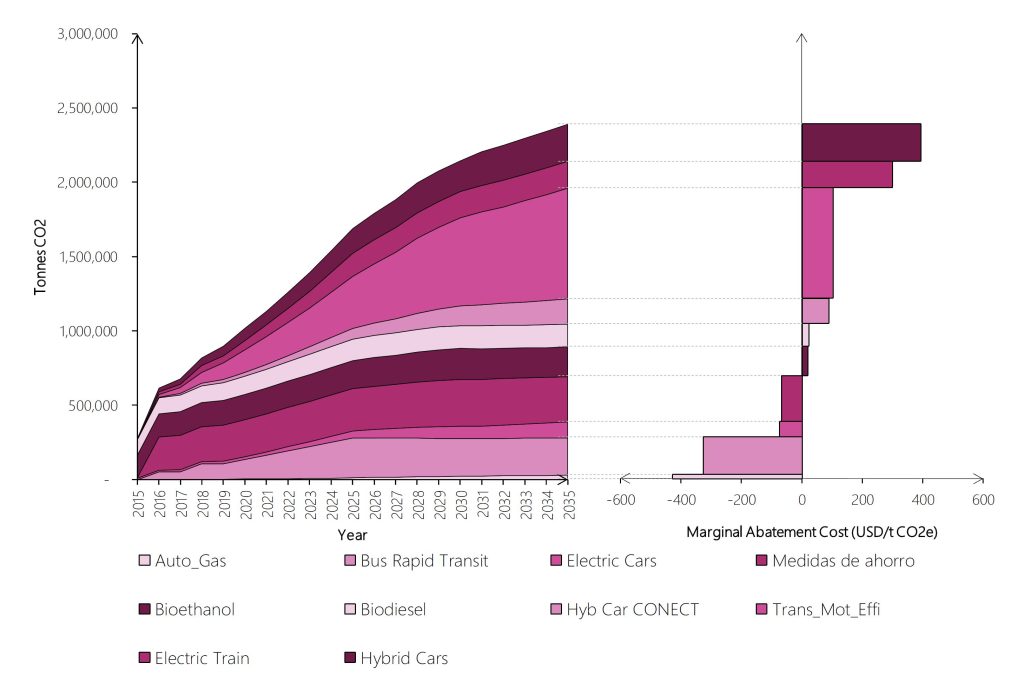

 We are delighted to announce that SustainSuccess has expended. Jane Galloway joined the company on the 1st April 2016, becoming a Director and Shareholder in SustainSuccess Ltd.
We are delighted to announce that SustainSuccess has expended. Jane Galloway joined the company on the 1st April 2016, becoming a Director and Shareholder in SustainSuccess Ltd.
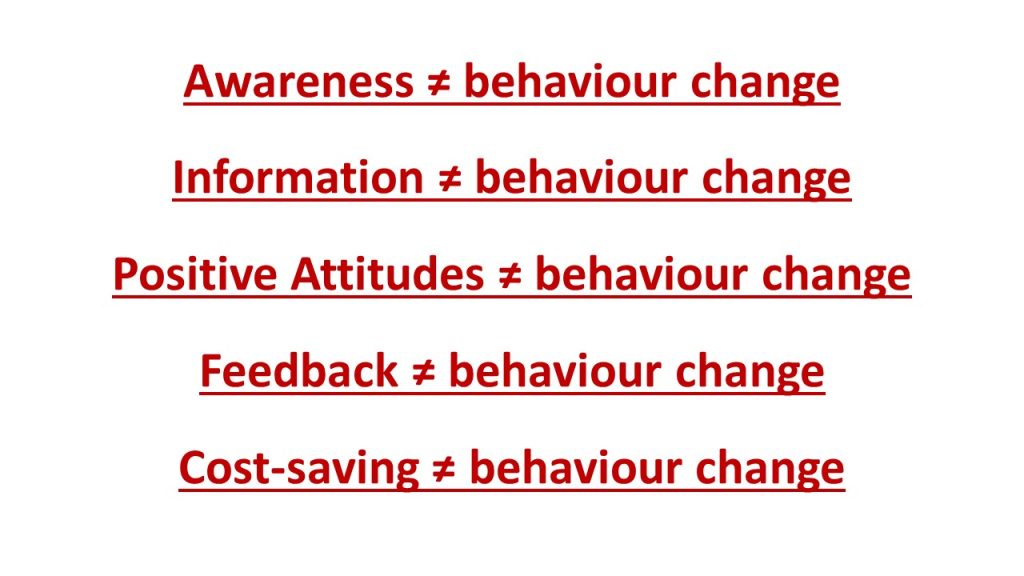
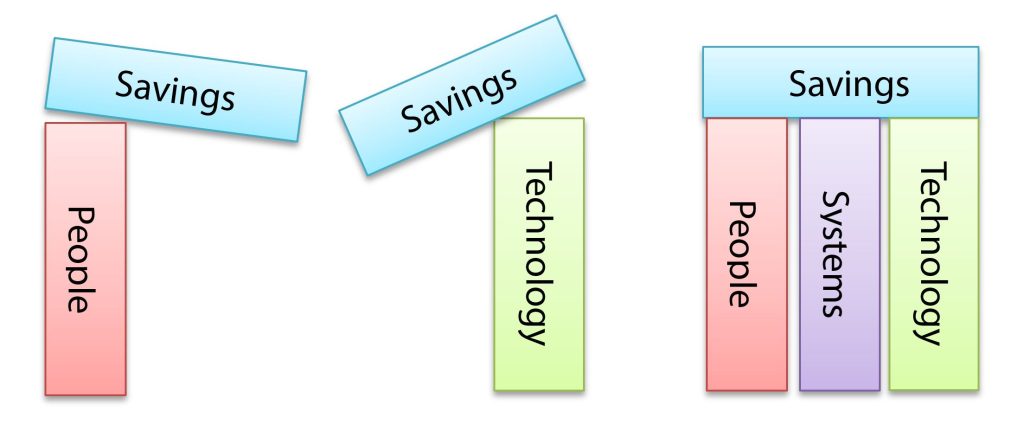
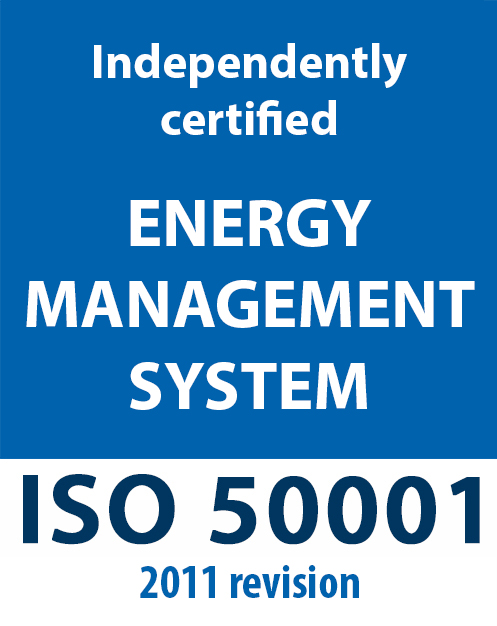 The energy management system of Peel Land and Property has recently completed certification to the prestigious ISO 50001 standard. As far as we are aware, it is the first major UK property and development organisation to achieve this accolade. Just to give some scale to the scope, the portfolio of assets certified include 1.2m m2 of property, including prestige offices in Liverpool, Manchester and elsewhere in the UK; the MediaCityUK development in Salford, home to the BBC, ITV and dock10 studios; The Lowry and Gloucester Quays Retail Outlets; EventCity, the second largest exhibition space outside of London; Robin Hood Airport Doncaster Sheffield and Durham Tees Valley Airport as well as extensive residential, industrial warehousing and retail park space.
The energy management system of Peel Land and Property has recently completed certification to the prestigious ISO 50001 standard. As far as we are aware, it is the first major UK property and development organisation to achieve this accolade. Just to give some scale to the scope, the portfolio of assets certified include 1.2m m2 of property, including prestige offices in Liverpool, Manchester and elsewhere in the UK; the MediaCityUK development in Salford, home to the BBC, ITV and dock10 studios; The Lowry and Gloucester Quays Retail Outlets; EventCity, the second largest exhibition space outside of London; Robin Hood Airport Doncaster Sheffield and Durham Tees Valley Airport as well as extensive residential, industrial warehousing and retail park space.

